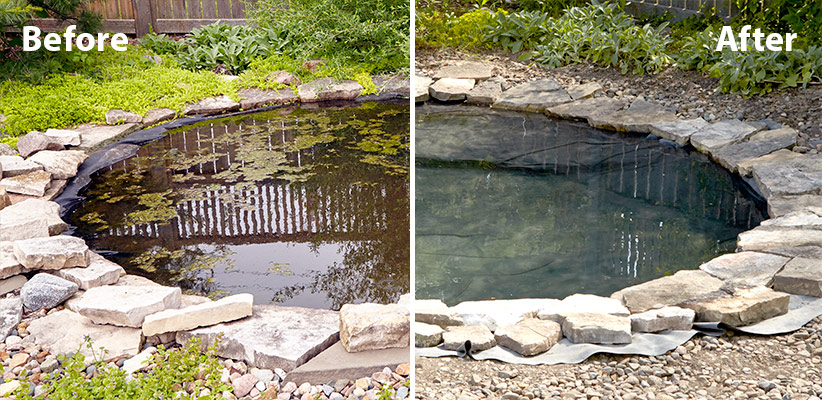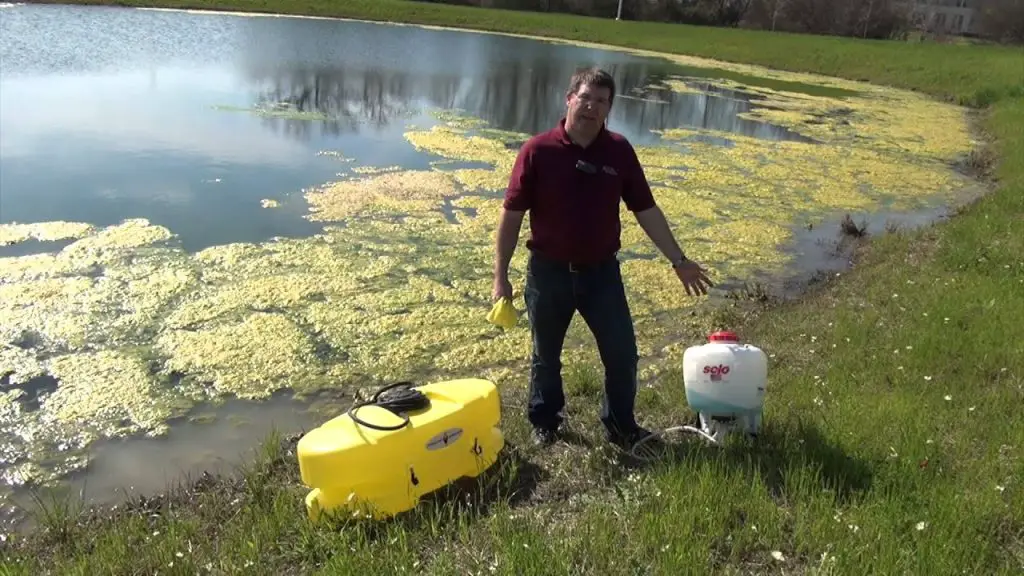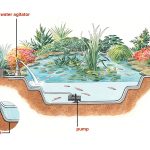Algae growth in large ponds can be a common problem that pond owners face. Excessive algae not only affects the aesthetic appeal of the pond but can also disrupt the ecosystem and harm aquatic life. In this article, we will explore effective methods to get rid of algae in a large pond and restore the balance of your aquatic environment.
Understanding Algae in Ponds
Algae are simple aquatic plants that thrive in water bodies with abundant nutrients and sunlight. In large ponds, algae can quickly multiply and form dense mats on the water’s surface, turning the water green and reducing water clarity. There are different types of algae, including green algae, blue-green algae, and string algae, each requiring specific treatment methods.
Methods to Control Algae in Large Ponds
1. Aeration
Aeration involves introducing oxygen into the water to improve circulation and create a healthier environment for beneficial bacteria that compete with algae for nutrients. Installing aeration systems such as fountains or aerators can help reduce algae growth and improve water quality in large ponds.
2. Beneficial Bacteria
Beneficial bacteria products contain natural strains of bacteria that consume excess nutrients, such as nitrates and phosphates, which algae feed on. Adding beneficial bacteria to your pond can help break down organic matter and reduce algae blooms.
3. Physical Removal
Manually removing algae from the pond can be a labor-intensive but effective method to control algae growth. Using tools like rakes or skimmers, regularly skim the surface of the pond to remove floating algae mats and prevent them from multiplying.
4. Pond Dye
Pond dye is a coloring agent that shades the water’s surface, limiting sunlight penetration and inhibiting algae growth. Applying pond dye can help prevent the excessive growth of algae and maintain water clarity in large ponds.
5. Uv Clarifiers
UV clarifiers use ultraviolet light to kill algae cells and prevent them from reproducing. Installing a UV clarifier in your pond’s filtration system can help control algae populations and improve water quality by eliminating free-floating algae.
6. Chemical Treatments
Chemical treatments such as algaecides can be used to kill existing algae blooms in large ponds. It is essential to follow the manufacturer’s instructions carefully when using algaecides to avoid harming aquatic life and disrupting the pond’s ecosystem.

Credit: www.gardengatemagazine.com

Credit: www.youtube.com
Preventive Measures for Algae Control
Preventing algae growth is key to maintaining a healthy pond environment. Here are some preventive measures to help control algae in large ponds:
- Limit nutrient inputs by avoiding overfeeding fish and reducing the accumulation of organic matter in the pond.
- Regularly clean filters and remove debris to prevent nutrient buildup and algae growth.
- Shade the pond with aquatic plants or artificial structures to reduce sunlight exposure and inhibit algae growth.
- Monitor water quality parameters such as pH, dissolved oxygen, and nutrient levels to detect early signs of algae growth.
- Introduce algae-eating fish or aquatic animals like snails or shrimp to help control algae populations naturally.
Conclusion
Controlling algae in a large pond requires a combination of proactive measures and effective treatment methods. By understanding the factors that contribute to algae growth and implementing the right strategies, pond owners can maintain a balanced and healthy aquatic ecosystem. Whether through aeration, beneficial bacteria, physical removal, or other methods, combating algae in large ponds is essential for preserving water quality and the overall well-being of the pond’s inhabitants.
Remember to consult with pond professionals or specialists to determine the most suitable algae control methods for your specific pond conditions. With proper care and attention, you can enjoy a beautiful and algae-free pond environment for years to come.




